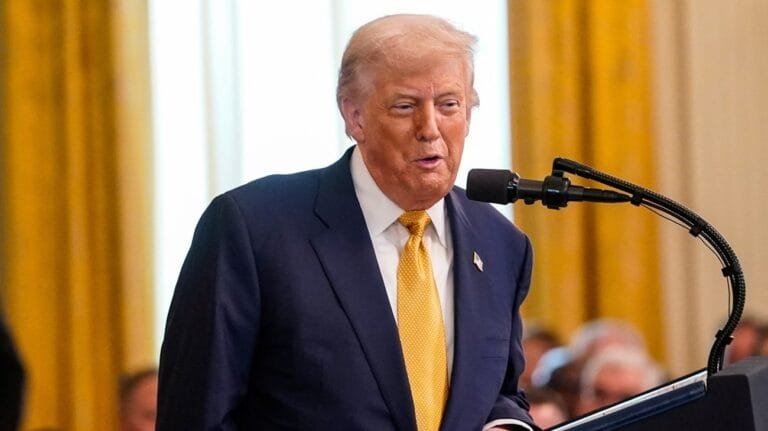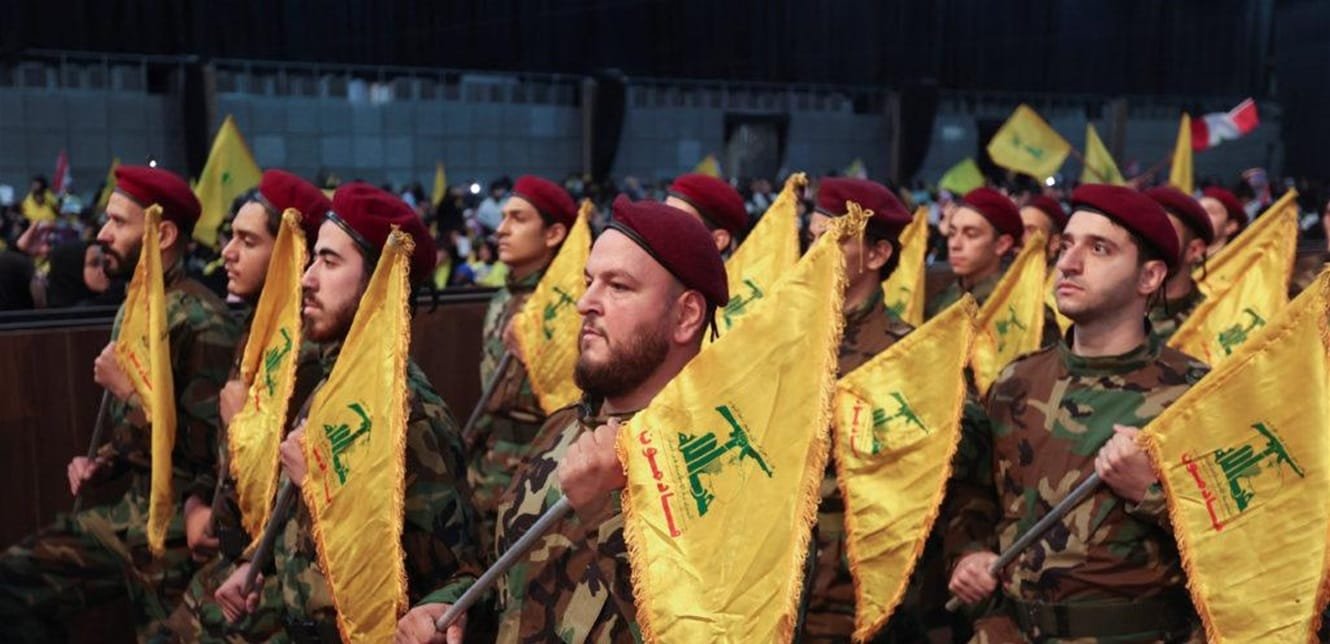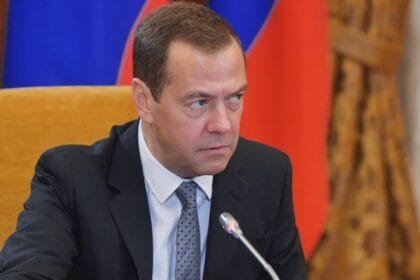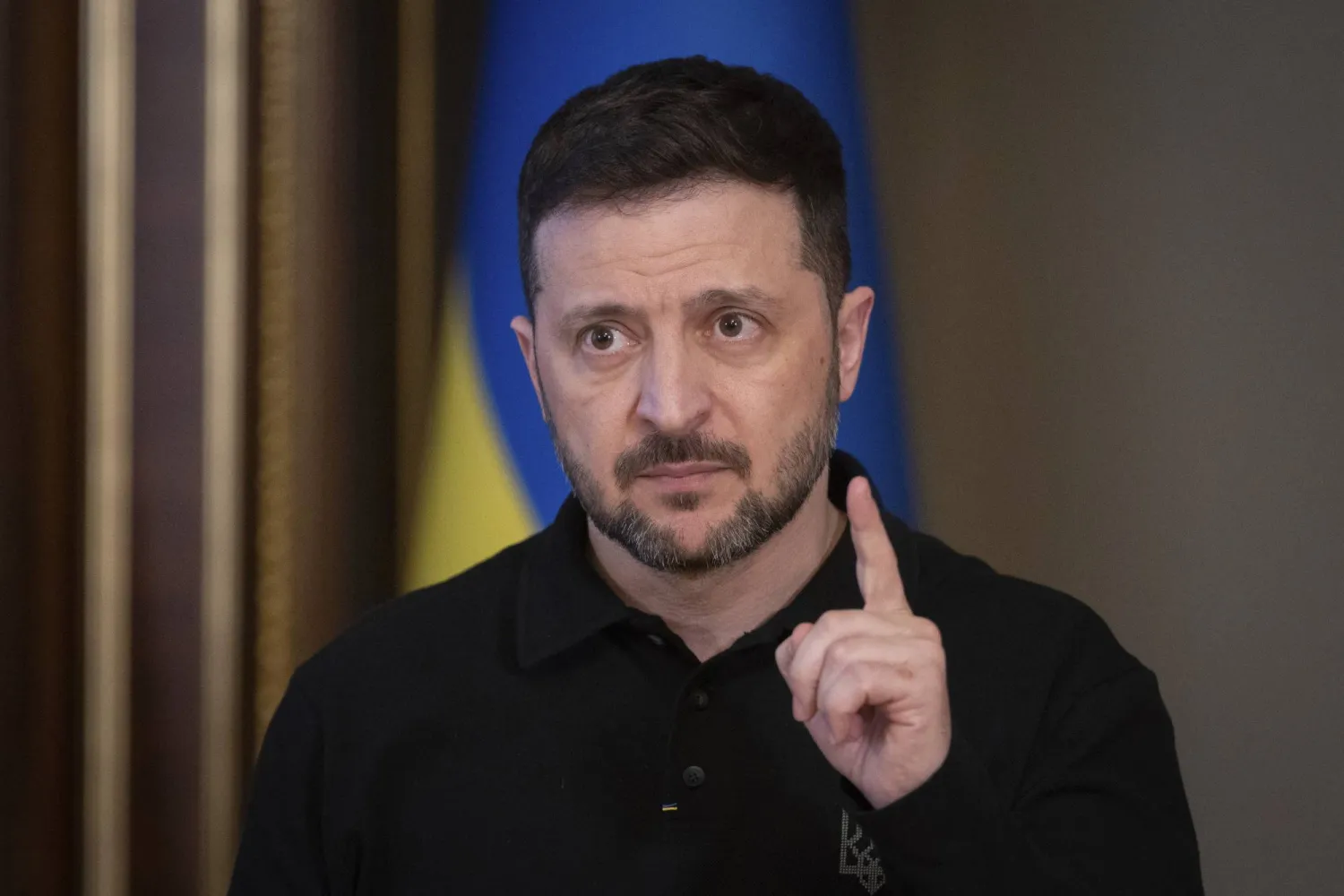Washington, United States – In an interview with Fox News, US President Donald Trump said that he had succeeded in resolving 7 international disputes.
This comes amid his current attempts to advance peace efforts between Russia and Ukraine and stop the war that has been ongoing between the two countries for more than 3 years.
Trump said: “Seven wars have been resolved,” and he had previously explained in previous statements that “almost one conflict is resolved every month.”
The White House confirmed the figure given by Trump.
However, analysts questioned the extent of the US President’s influence on some of these issues, while the situation remains unstable in others.
The Washington Post highlighted the situation in the seven conflicts that Trump said he helped resolve:
1. Armenia – Azerbaijan
The leaders of Armenia and Azerbaijan signed an agreement at the White House this month that includes an economic framework and cooperation on a strategic transit corridor.
Azerbaijan says the agreement is not a formal peace treaty, while requiring an amendment to the Armenian constitution, which still includes regional demands.
Trump described the agreement as the end of a 35-year conflict, and praised what he called “Trump’s path to international peace and prosperity”.
At the time, Iranian President Masoud Bazshkian expressed his concern about the agreement, warning of American companies approaching his country’s northern borders.
2. Democratic Republic of the Congo – Rwanda
The leaders of Congo and Rwanda signed an agreement at the White House on June 27, which includes a security coordination mechanism and a moratorium on funding armed groups, in addition to facilitating the return of refugees.
Trump described the agreement as a “glorious victory for the cause of peace”.
But analysts pointed out that the March 23 group, the main actor in the conflict, did not participate in the agreement and is still active, raising questions about its effectiveness.
The agreement includes potential US investments in mineral resources, and some have described it as “an economic agreement first, and an opportunity for peace second.”
3. Serbia – Kosovo
There have been no direct clashes between the two sides since the 1990s, but Kosovo’s president said her country avoided a possible attack from Serbia last May thanks to Trump’s intervention, while Serbia denied any intentions to attack.
4. Egypt – Ethiopia
The White House announced a truce in the dispute between Egypt and Ethiopia over the Renaissance Dam, although there is no clear agreement in this regard.
Trump tried to mediate during his first term, but negotiations faltered.
It is unclear to what degree negotiations were revitalized during his second term.
But tensions have calmed, and analysts say this is partly due to recent abundant rainfall.
5. India – Pakistan
The two countries declared a ceasefire on May 10 after a 10-day escalation, and Trump said he had halted the mutual escalation.
Pakistan has praised Trump as a peacemaker, but India has denied any US role, leading to tension in relations between Trump and Indian Prime Minister Narendra Modi.
6. Thailand – Cambodia
On July 24, Thailand launched air strikes on Cambodia.
This led to an escalation in a long-running border dispute, followed by artillery clashes and the displacement of thousands of civilians.
As a result, Trump said he threatened to halt trade negotiations with the two countries unless the fighting stopped.
On July 28, a ceasefire was announced.
7. Israel – Iran
A US-brokered ceasefire was reached after 12 days of war between Israel and Iran.
It included Israeli strikes and American attacks on Iranian nuclear sites
Before the outbreak of this conflict, Trump was pushing to revive a new nuclear agreement with Iran, but he did not abandon his threats to Tehran to launch new strikes.

















